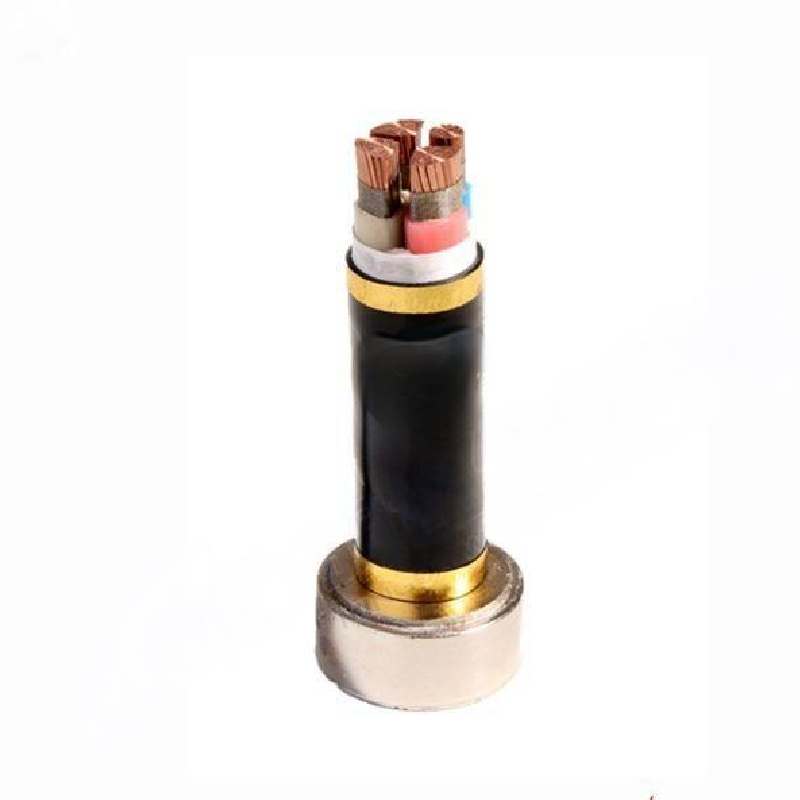Aug . 28, 2024 12:06 Back to list
High-Quality Wafer Butterfly Valves for Efficient Flow Control
Understanding Wafer Butterfly Valves A Comprehensive Overview
Wafer butterfly valves are crucial components in various industries, playing a vital role in controlling fluid flow. These valves are particularly popular in applications where space and weight are limited, due to their compact design. This article will delve into the design, functionality, and applications of wafer butterfly valves, highlighting their advantages and considerations for use.
Design and Structure
Wafer butterfly valves consist of a circular disc (the butterfly) mounted on a rotating shaft. This design allows the disc to pivot, effectively throttling or completely shutting off the flow of the medium passing through the pipeline. The wafer type refers to the valve's installation method, which typically involves sandwiched flanges between two pipe flanges, making them easy to install in tight spaces.
The materials used in wafer butterfly valves vary widely, including metals like stainless steel, ductile iron, and plastic, depending on the operating environment and the fluids being handled. The choice of material is crucial, as it must withstand the pressure and temperature ranges of the application while resisting corrosion and wear.
Functionality
The operation of a wafer butterfly valve is straightforward. When the handle or actuator is turned, the disc rotates, either allowing flow through the valve or preventing it. Their simple design allows for quick opening and closing cycles, making them ideal for on-off service applications. In addition to their ease of operation, they also provide excellent flow control thanks to their adjustable positioning.
Wafer butterfly valves can be operated manually, but they are also compatible with automated systems, which can be beneficial in larger systems where manual control is impractical. Automation allows for greater precision and responsiveness in flow control, which can enhance efficiency and safety in industrial processes.
wafer butterfly valve

Applications
These valves are versatile and are commonly used in various industries, including water treatment, HVAC systems, chemical processing, and food and beverage manufacturing. Their ability to handle different media, such as gases, liquids, and slurries, expands their applicability across sectors.
In water treatment facilities, wafer butterfly valves are used to regulate water flow, ensuring proper treatment processes are maintained. In HVAC systems, they contribute to temperature control by managing airflow. Furthermore, in the food and beverage industry, these valves are essential for maintaining sanitary conditions, as they can be easily cleaned and provide a tight seal when closed.
Advantages and Considerations
One of the significant advantages of wafer butterfly valves is their lightweight, compact design, which allows for easier installation and reduced costs. They also require minimal maintenance and have a long service life due to their robust construction.
However, it is essential to consider the differential pressure and temperature ratings when selecting a wafer butterfly valve for a specific application. Using a valve outside of its rated parameters can lead to failure, resulting in costly downtime and repairs.
In conclusion, wafer butterfly valves are an essential component in fluid control across numerous industries. Their design efficiency, ease of operation, and versatility make them a preferred choice for many applications. Understanding their functionality and carefully selecting the appropriate type for specific uses will ensure optimal performance and longevity in any system.
Share
-
Reliable Wafer Type Butterfly Valves for Every IndustryNewsJul.25,2025
-
Reliable Flow Control Begins with the Right Ball Check ValveNewsJul.25,2025
-
Precision Flow Control Starts with Quality ValvesNewsJul.25,2025
-
Industrial Flow Control ReliabilityNewsJul.25,2025
-
Engineered for Efficiency Gate Valves That Power Industrial PerformanceNewsJul.25,2025
-
Empowering Infrastructure Through Quality ManufacturingNewsJul.25,2025